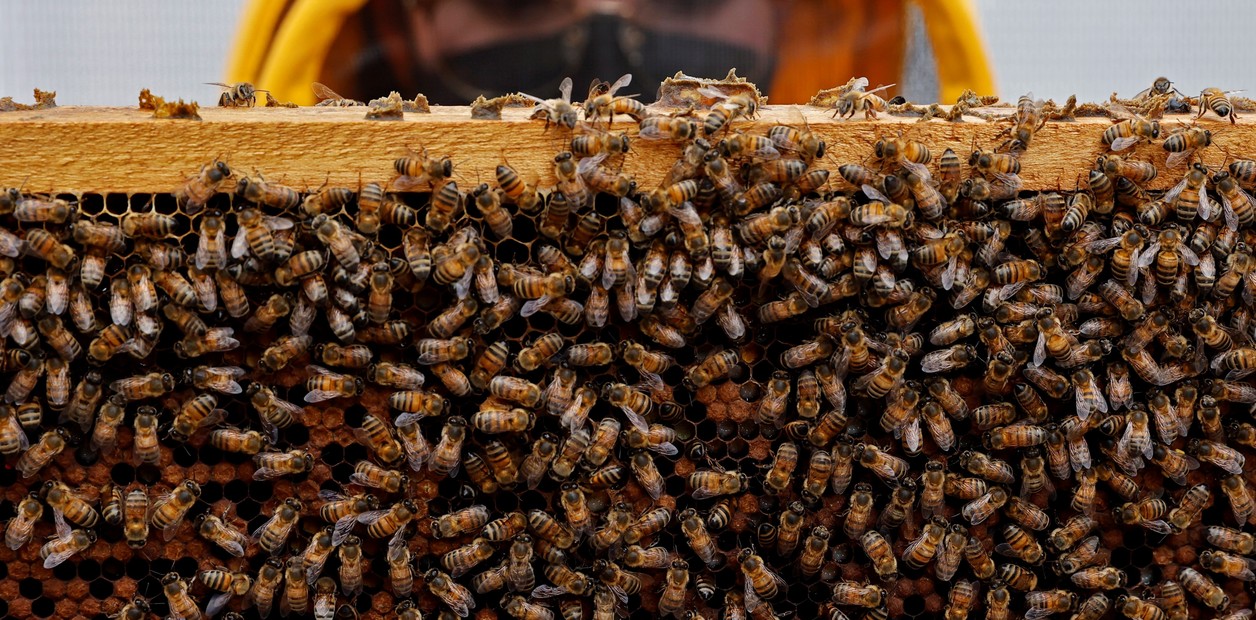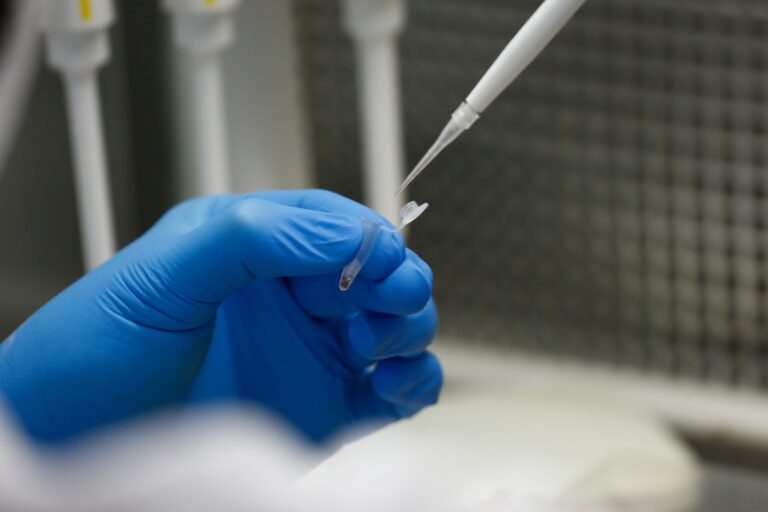
Acute Bee Paralysis Virus (ABPV) is one of the most harmful pathogens to beekeeping and can cause trembling, hair loss, inability to fly, and sudden death in bees. A team of Argentinian scientists has successfully reduced its effects using RNA interference (RNAi) technology.
“We demonstrated that oral administration of interfering RNA reduces the viral load and significantly improves the survival rate of bees infected with ABPV,” explained Cecilia Ferfino, researcher and head of development at the INTA Institute for Virology.
During experimental trials, ABPV-infected bees that received specific RNAi Mortality rate is significantly reduced Compare with untreated or non-specific RNAi groups. RNAi was successful in reducing the number of copies of the virus in the tissue, allowing more bees to survive the infection.
“These results indicate that RNA interference Promising biotech tools We have to face the virus infection inside the hive,” stressed INTA researcher María José dus Santos.
This study also provides important evidence for the potential of this technology against other viral diseases affecting honey bees, such as deformed wing virus (DWV). “Our current challenge is to extend this technology and evaluate its application in field conditions,” added das Santos.
Furthermore, the study warns that the problems caused by ABPV are exacerbated in stress situations such as queen production and export of biomaterials, where transport and unfavorable environmental conditions increase mortality. In this scenario, having preventive tools can make a difference.
RNA interference (RNAi) It consists of introducing a double-stranded RNA molecule that blocks the replication of the virus. Activates natural defense mechanisms within the bee’s body. This study demonstrates specific efficacy against ABPV in adult bees.
“Biotechnological approach Not a substitute for good beekeeping practicesBut rather, we complement them with innovative solutions that protect the health of the nest and the sustainability of its activities,” concluded Ferfino.
With over 2.5 million beehives, Argentina is one of the world’s leading honey exporters. The introduction of such biotechnological tools has the potential to strengthen the competitiveness of domestic beekeeping, while ensuring the important role of honey bees as pollinators in production systems and biodiversity conservation.
The INTA scientific team specializing in honey bee viruses consists of Fernanda González from the Institute of Virology and Ricardo Salvador from the Institute of Microbiology and Agrozoology.



